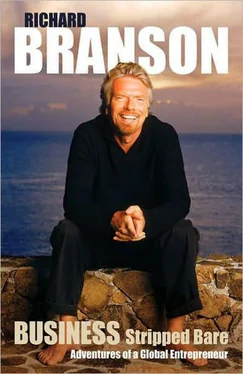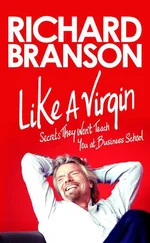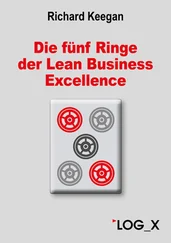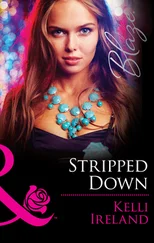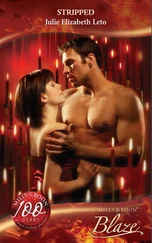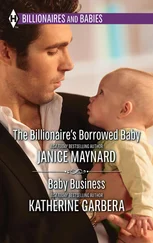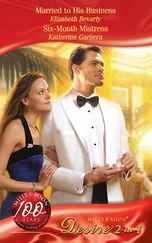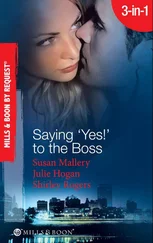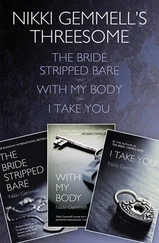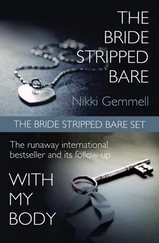We love starting new businesses in unfamiliar sectors, and later in the chapter I’ll tell you how our ‘branded market venture capital’ model really ticks. This business of leaping generations, however, is something of a miracle to me, and I’m not entirely sure how much of it is design and how much is dumb luck. The fact is, our brand has managed to straddle a couple of generations and is well on the way to capturing the imagination of a third. Market research shows that the Virgin brand is the most admired by parents as well as their children. As I get older, the challenge is going to be to ensure that the next generation admire the brand, so that we get three generations enjoying what we do. By then, the power of seventies nostalgia will be expended — and we’ll discover whether the Virgin brand really is timeless!
Our adventures in mobile telephony began in Japan. I was on a visit, and while I was there I asked some young people what the latest thing was. They proudly showed me their mobile phones. The Japanese were streets ahead of the mobile game and NTT DoCoMo, a spin-off of Nippon Telecom, had launched mobile phones with limited Internet access. The enthusiasm with which the young people I met had greeted DoCoMo’s online games provided me with a clear idea of where the mobile phone was heading. NTT DoCoMo, Japan’s largest cellular firm, was the first to get a mass-market Internet-enabled phone on to the market. We needed to be in this game, too.
Back in the nineties I was becoming acutely aware that our kudos with young people was declining as my own generation was growing older. The kids we once sold records to were buying holidays, pensions, financial services and healthcare. That was OK by us — we sold all these things. But what about their children? Mobile phones — and text messaging — were a booming market. For 16- to 24-year-olds, these things were becoming like an extra limb. From a marketing point of view, therefore, the mobile phone gave us the opportunity to re-establish Virgin in the youth market. We launched first in the UK in 1999.
We knew we had a great product, and we knew how to get it out there. We got our pay-as-you-go vouchers into places where young people found them easy to buy. We courted WH Smith’s, Sainsbury’s, Tesco, Texaco and BP petrol stations.
But we still had to get young people’s attention.
James Kydd, Virgin Mobile’s advertising guru, didn’t have a generous budget to spend on building the brand. (Mind you, we once asked him to go head-to-head with Coca-Cola, pitting a £4 million budget against Coke’s £400 million.) In the mobile battle, the competition was split between four companies — Vodafone, BT Cellnet, One2One and Orange — and so the hill James had to climb was a hill and not, as before, Mount Everest. We reckoned the money stacked against him was in a ratio of about 3:1. James told me that 3:1 was doable. I gave him £4 million for the launch.
James aimed specifically at our target market. He found good news stories that the tabloid newspapers and other media would report. He used the emerging Internet channels and viral networks to build a buzz and create a lot of fun.
At the same time, we had to remain in the public’s eye as the ‘consumer’s champion’, so we took the other players head-on, challenging Hans Snook, Orange’s chief executive, to put his money where his mouth was when he promised to match our tariffs. He didn’t. Then Virgin Mobile took some swipes at Charles Dunstone’s Carphone Warehouse, urging him to recommend our phones. Charles, a great sailing and skiing buddy of mine, was big enough to laugh it off, but I think our in-the-face campaign caused him some embarrassment at the time.
Vodafone was middle-aged, BT was in decline, One2One was cheap and Orange — regarded as the gold standard — was leaning too much towards the business market. So, when Virgin Mobile addressed the youth market, it had the field pretty much to itself. It filled the space with the kind of attitude, wit and irreverence we had cultivated since our early days at Virgin Records. We offered a blind-dating service which people loved — we even gave them the option of receiving a phone call half an hour into the date so they could make an excuse and bail out — ‘So sorry, I have to go — my dog has died!’
Our television adverts were a work of genius. The creatives came up with the idea of our ‘Devil Makes Work For Idle Thumbs’ series, featuring a string of superstars including Busta Rhymes, Wyclef Jean and Kelis. Each star would have to be prepared to have a laugh at their own expense. We wanted them to be funny. They quickly became a cult: and we were back in tune with urban youth.
The adverts, created by Ben Priest and directed by Bryan Buckley, were sharp and funny and set a cool tone for the business. From early on we knew it was working. A key statistic for us was the acronym ARPU, average revenue per user. This rose and rose until we had the highest ARPU in the prepay industry. By the first quarter of 2003, Virgin signed up more customers than O2, Orange, T-Mobile and Vodafone combined.
Then in May 2004, as we celebrated our 4,000,000th customer, we signed up 23-year-old Christina Aguilera.
The advert, shot in Los Angeles, had her make fun of her own relationship with the paparazzi. Christina is waiting in a plush record company office and her thumb idly moves to the button which operates the ‘up’ and ‘down’ motion of the chair on which she is sitting. Her rising and falling in the chair is viewed and misconstrued by construction workers on the other side of the street, who think they have stumbled across the celebrity sex scandal of the year. We knew we’d hit the money when real-life paparazzi snuck in to take pictures of her during filming, generating lurid false reports about the advert before it was even cold in the can. Thanks, lads — you all helped raise our profile!
Publicity is absolutely critical . You have to get your brand out and about, particularly if you’re a consumer-oriented brand. You have to be willing to use yourself, as well as your advertising budget, to get your brand on the map. A good PR story is infinitely more effective than a full-page ad, and a damn sight cheaper. I have an absolute rule. If CNN rings me up and wants to do an interview with me, I’ll drop everything to do it. Turning down the chance to tell the world about your brand seems just crazy to me, and it astonishes me that the very people who sign off on multimillion-dollar advertising budgets — the CEOs and presidents of huge corporations — are the very same people who hide behind their PAs and turn away all journalists at the door.
There can be no doubt that Virgin Mobile succeeded by delivering on the promise of a unique brand: a brand that appeals not to any particular demographic, but to an attitude of mind. The Virgin brand is about irreverence and cheek. It values plain speaking. It is not miserly, or mercenary. It has a newcomer’s voice — and in a world of constant technical innovation, the voice of a company that’s coming fresh to things is a voice people find oddly reassuring. It’s a brand that says, ‘We’re in this together.’ I think James Kydd did a brilliant job of realising those values for a new generation. Can it be done again? I think so. There’s nothing particularly ‘seventies’ or ‘nineties’ about the values I’ve just listed. The attitude is timeless. It’s human. I like to think it’s pretty acute, psychologically. But I’ll concede that if my son Sam, or daughter Holly, decide to join the business — and I would never want to push them — it would make our job easier, because then we could have younger faces launching the products, rather than their middle-aged dad!
Before I tell you about Virgin Blue — a recent big adventure for the Virgin brand — now is probably as good a time as any to talk about me. I mean Richard Branson the public celebrity (or mascot, or scapegoat — I’ve been all three in my time).
Читать дальше
